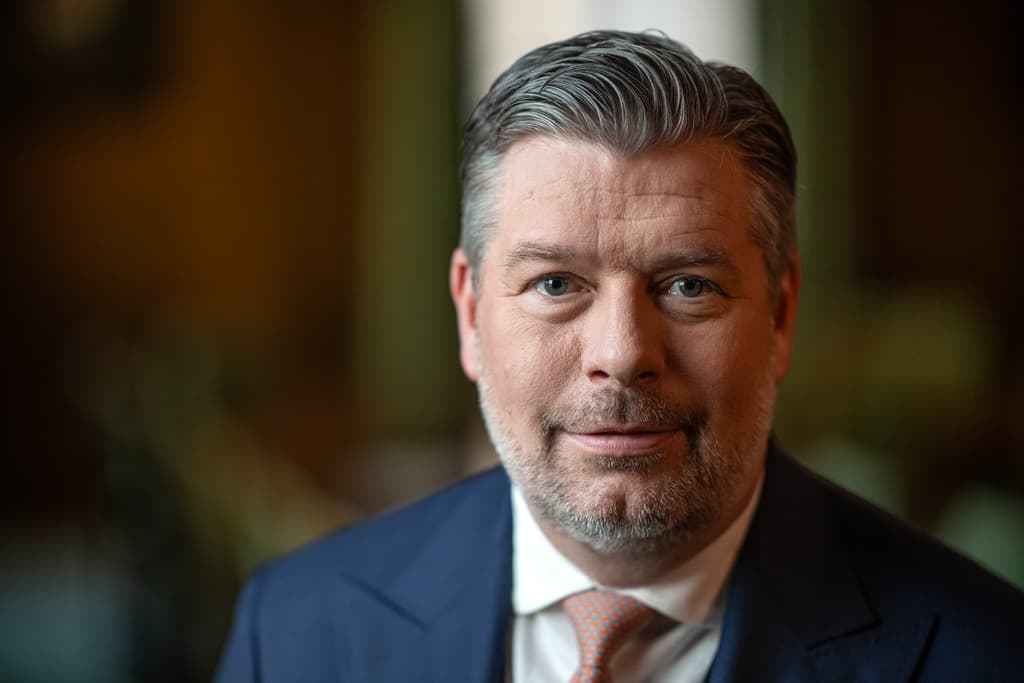Just like SBAB, major bank SEB sees more and more customers choosing variable interest rates. A sign that fixed interest rates are too expensive? The bank's CEO does not think so:
Expectations of interest rate cuts make variable interest rates more attractive, says CEO Johan Torgeby.
After several years of rising interest rates, the Swedish Central Bank lowered the repo rate in May – for the first time in eight years. According to SEB's CEO Johan Torgeby, there are several, albeit small, positive signals that things are starting to move in the right direction for the Swedish economy.
We expect 2025 to be better than 2024, and that's based on expectations of interest rate cuts. It's a prerequisite that inflation is broken and that interest rate cuts occur – if that doesn't happen, we'll find ourselves in a different situation, he says in connection with the bank's quarterly report.
To some extent
Hopes of further cuts from the Swedish Central Bank have led to more and more people choosing variable interest rates.
Torgeby disagrees that it would be too expensive to fix one's loans.
It's up to each individual. For a whole household, it's good for creating stability in personal finance, so you can recommend fixed interest rates.
Households should not expect the interest rate they face on their mortgages to reach the same low level as the Swedish Central Bank's, if further cuts are made in the autumn.
However, you can expect the direction, i.e. the cuts made by the Swedish Central Bank, to some extent also be reflected in mortgage interest rates that decrease in conjunction with this, he says.
Facts: This is how SEB did
TT
SEB reports a profit before credit losses and fees of 12.9 billion kronor for the second quarter of the year. This can be compared to 13.1 billion during the same quarter last year.
The net interest income, what the bank earns on the difference between lending and deposit rates, fell to 11.6 billion. A year earlier, the net interest income was 11.9 billion kronor.
The fee income – what the bank earns on fees and commissions – amounted to 5.9 billion, up from 5.6 billion a year earlier.
Expenses rose to 7.4 billion during the quarter, while credit losses remained stable at 44 million.





